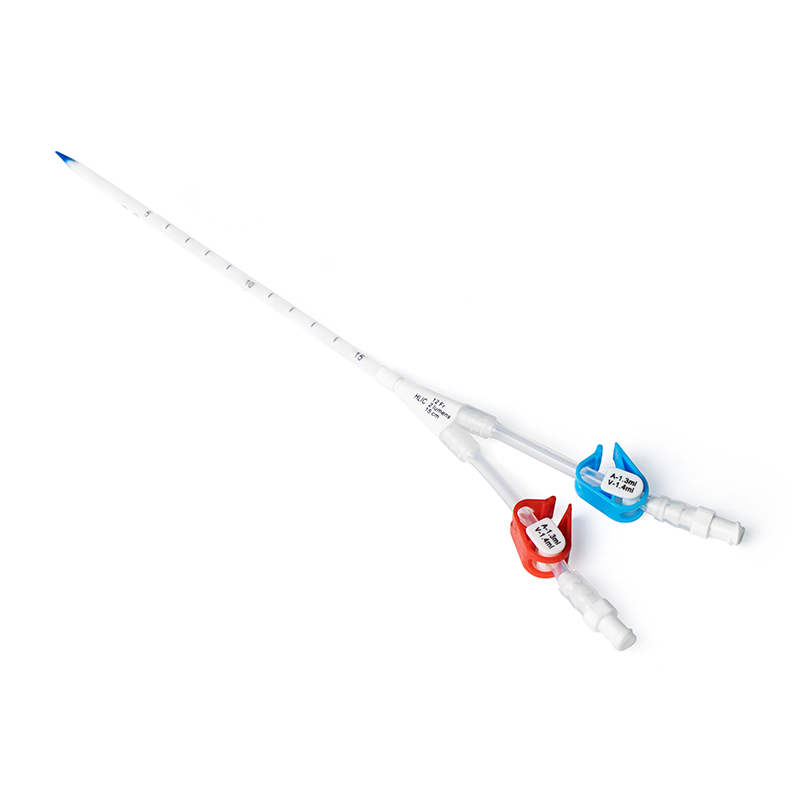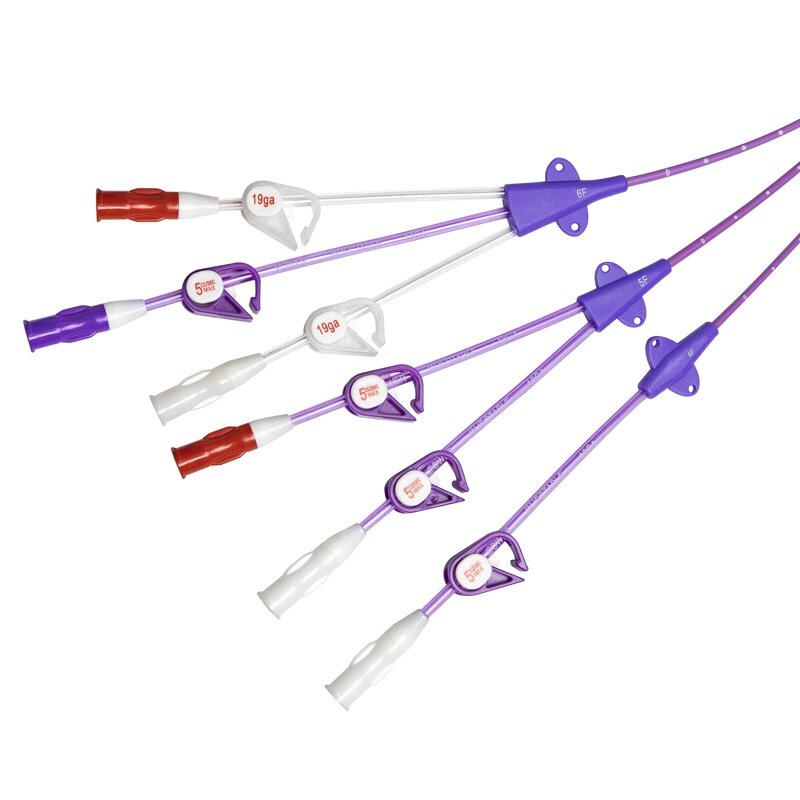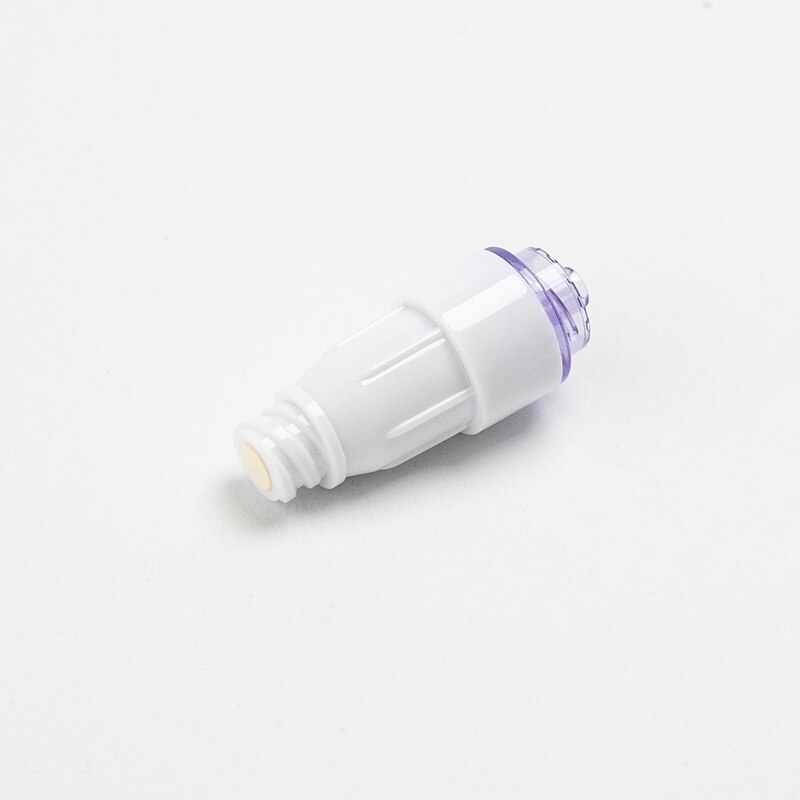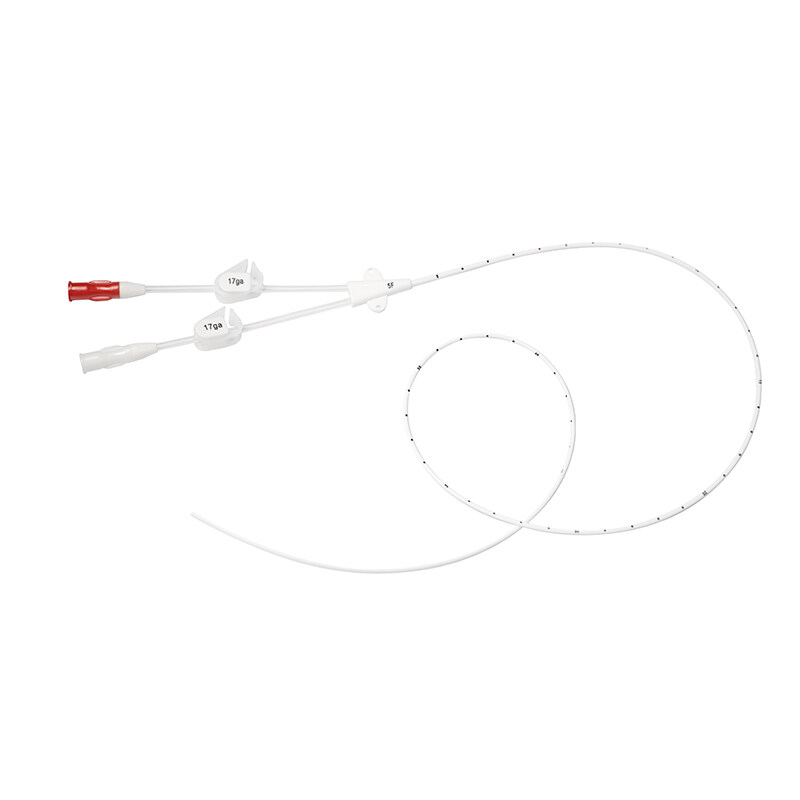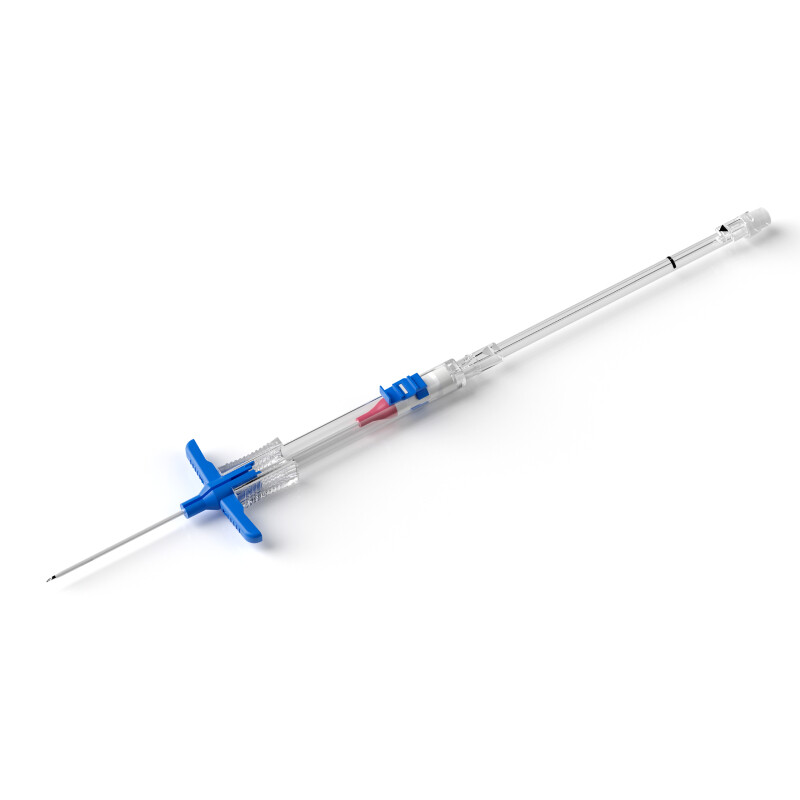A hemodialysis catheter is usually a temporary solution for hemodialysis treatment. The catheter is inserted through a vein in the neck, chest, or groin and is held in place by a cuff or stitches. Healthcare providers will usually aim to replace the catheter with a more permanent form of access, such as an arteriovenous fistula or graft, as soon as possible.
The Hemodialysis Catheter Removal Procedure
The removal of a hemodialysis catheter is a relatively simple procedure that can be performed in a hospital or outpatient setting by a trained medical professional. The procedure usually takes around 15-20 minutes and involves the following steps:
Step 1: Preparation
The patient is positioned comfortably, and the area around the catheter is cleaned with an antiseptic solution. The patient may receive a mild sedative or local anesthetic to minimize discomfort during the procedure.
Step 2: Catheter Removal
The healthcare provider carefully removes the catheter, using gentle pressure to control bleeding at the insertion site. Depending on the type of catheter, the provider may need to deflate the cuff or remove any stitches holding the catheter in place.
Step 3: Post-Removal Care
After the catheter is removed, the insertion site is covered with a sterile hemodialysis catheter dressing to prevent infection and bleeding. The patient is usually advised to avoid strenuous activity or heavy lifting for the first 24-48 hours after the procedure. Patients should also follow all pre- and post-procedure instructions carefully and report any signs of infection or bleeding to their doctor or nurse immediately.
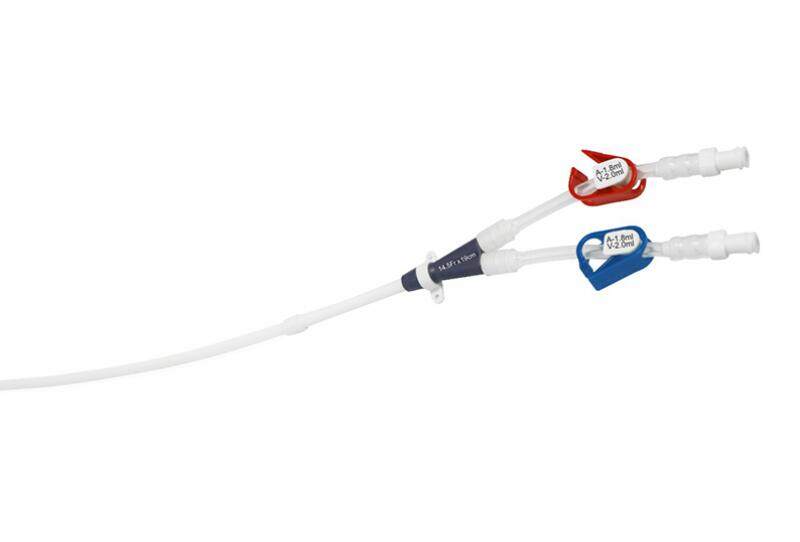
for insertion of hemodialysis catheter
Post-Hemodialysis Catheter Removal Care
After the catheter is removed, the healthcare provider will give the patient specific instructions on how to care for the insertion site to prevent infection and promote healing. These instructions may include:
● Keeping the area dry and clean
● Changing the dressing as directed
● Avoiding swimming or soaking in water until the insertion site has fully healed
● Avoiding any strenuous activity or heavy lifting for the first 24-48 hours after the procedure
● Taking pain medication as directed
● The healthcare provider will also schedule a follow-up appointment to monitor the healing process and ensure that there are no signs of infection or other complications.
How Long Does the Hemodialysis Catheter Removal Procedure Take?
The procedure usually takes around 30 minutes to an hour, depending on the complexity of the case.
When Can Patients Resume Normal Activities After the Hemodialysis Catheter Removal Procedure?
Patients should avoid any strenuous activity or heavy lifting for the first 24-48 hours after the procedure. They should also avoid swimming or soaking in water until the insertion site has fully healed.
Patients should follow their healthcare provider's instructions for post-procedure care and gradually resume normal activities as tolerated.
Conclusion
The hemodialysis catheter removal procedure is a relatively simple and safe procedure that can be performed in a hospital or outpatient setting. While there are risks of complications, these can be minimized by following pre- and post-procedure instructions carefully and informing the healthcare provider of any medications or medical conditions that may increase the risk of complications.
After the catheter is removed, the healthcare provider will provide specific instructions on how to care for the insertion site and schedule a follow-up appointment to monitor the healing process.

